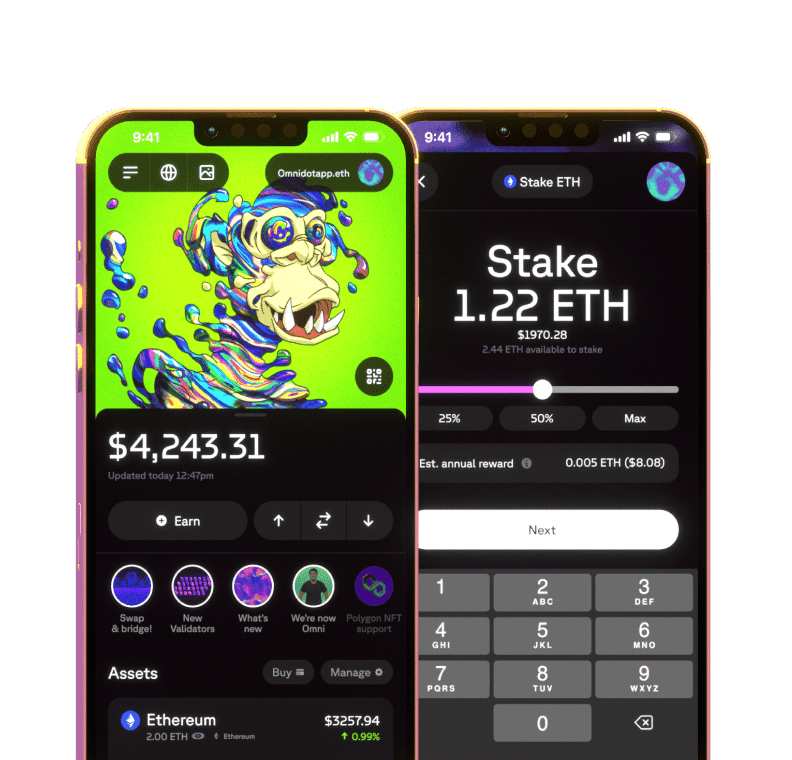Risks of staking GRT
As a result of the openness of the crypto markets, there are more ways than ever before to earn passively. Staking cryptocurrency has arisen as a common strategy to generate investment income as a result of its ease and minimization of risk when contrasted with other strategies. Although staking is a less risky way to generate yield on crypto assets, like all forms of investing, staking is not completely risk-free.
In this analysis, we will break down three main risks to consider when staking your Graph Tokens to ensure that you are fully informed before locking up your GRT.
Market Risks
A risk that often gets overlooked by investors before staking their crypto assets is negative fluctuations in the price action of the staked asset.
The crypto market is continuously evolving as new products and upgrades are implemented and market cycles take hold. As these evolutions take place, they can directly affect the value of your staked assets.
For example, if you are staking your GRT at a rate of 20% APY but the value of GRT drops 65% as a result of market conditions, you will still have made a loss despite gains from your APY.
Before locking up your GRT it is important to not just consider the APY, but holistically analyze the market.
Liquidity Risks
Liquidity, or the ability to have access to tokens that can be used readily while minimizing price volatility, is another important risk to consider before locking up your assets.
For example, if you are looking to stake an altcoin with a micro-cap and want to realize your gains by selling your asset or converting into BTC or a stablecoin, it will be difficult as a result of lower demand, higher volatility, and lower trading volume than larger tokens.
It is important to remember that your assets will also be illiquid during the period of time your GRT is locked. Once you commit your GRT tokens to be staked, you will not be able to sell, withdraw or swap them for another asset until your lock is complete. If you would like to unstake in order to regain your liquidity, there is an intermediary waiting period for your token to unlock. The unlock times vary between assets but in the case of GRT there is a 28-day waiting period from the time you unstake until the time you regain liquidity over your GRT tokens.
To avoid illiquidity make sure to be mindful of staking locks and stake assets with high trade volumes on a reputable platform like Omni.
Indexing Risks
One of the main risks of becoming an indexer is overcoming the knowledge barrier to obtain the technical abilities to ensure everything is set up correctly. Indexers are node operators in The Graph Network that stake Graph Tokens (GRT) in order to provide indexing and query processing services. If they do not have the correct set up they are penalized.
There are also penalties that will impact staking returns if an indexer misbehaves. Some of these penalties include:
1. Slashing - when a portion of the indexer’s staked tokens is taken away as a result of harmful behavior. This will usually take the form of a percentage. In some cases, there are different percent penalties based on the severity of the behavior. For example, a slashing penalty for downtime may be a small slap on the wrist (.01% loss), while the penalty for double signing could be more severe (5% loss). 2. Jailing - indexers are usually jailed for misbehavior. Once an indexer is jailed it is no longer considered active until it is unjailed.
The entire guidelines for running a validator with The Graph can be found here.
While staking is relatively safe, it is important to stake your tokens with the right validator. Learn more about how to stake GRT with a reputable validator like Figment.

 Omni -
Omni -